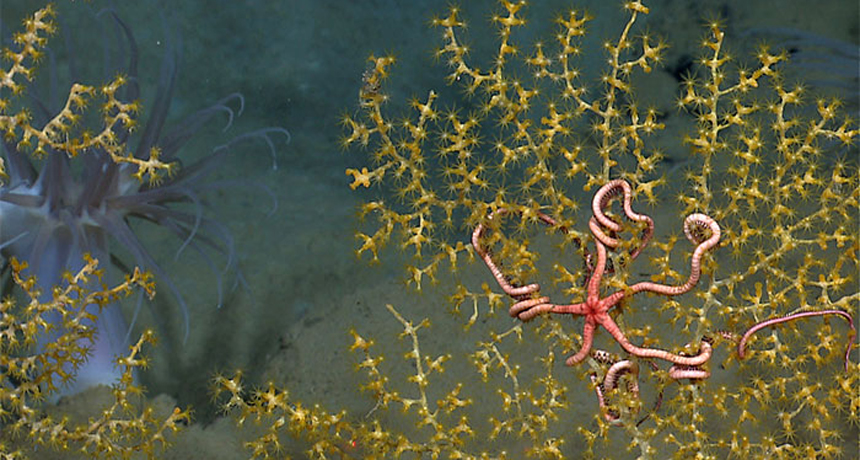NOAA takes the Internet on a deep-sea tour
Free live video feeds and educational materials help everyone discover the deep sea

The NOAA Okeanos Explorer will capture images like this brittle star, seen on a similar trip in 2012.
Courtesy of NOAA Okeanos Explorer Program